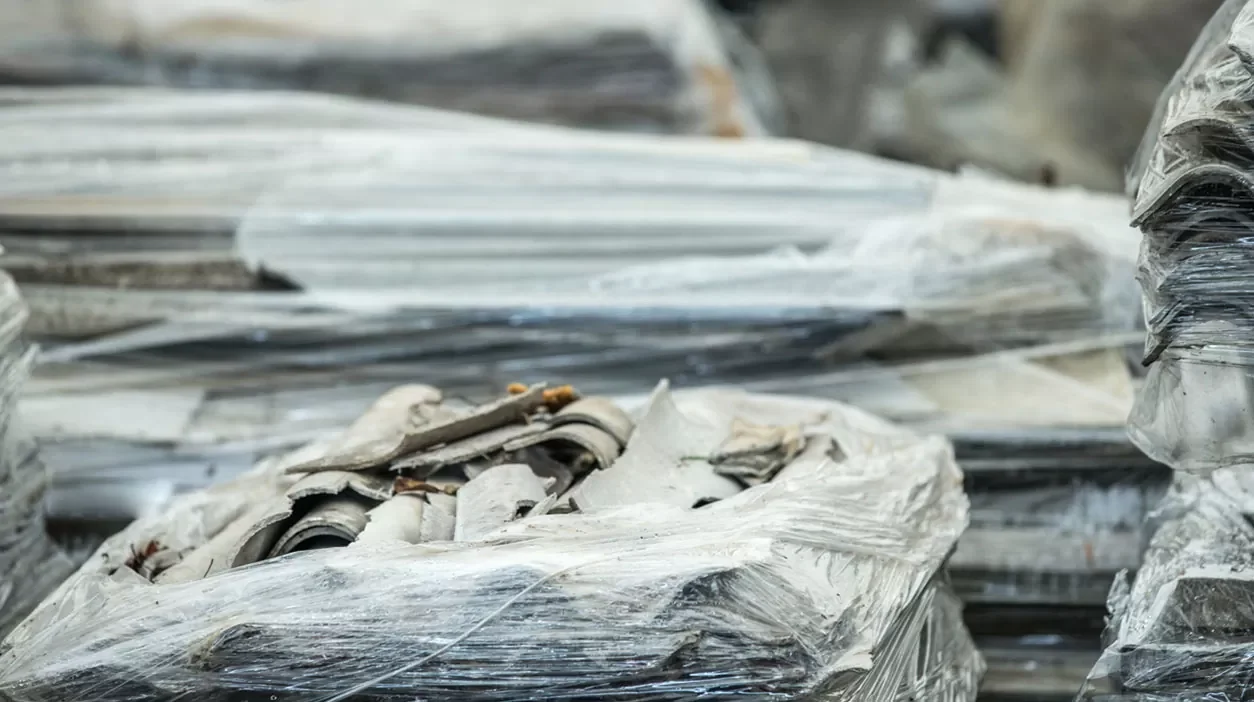As a concerned homeowner, it’s natural that you would be willing to replace toxic materials like asbestos from your home. Asbestos and cellulose— both these materials help in insulating your homes. A number of houses in Australia that were built during the 1980s and 1990s had asbestos. However, later on, asbestos came to be known as a toxic and cancer-causing material. Following this, you must remember several houses switching to cellulose, a safe alternative to asbestos.
Now, if you have moved to a new property that is relatively old, you need to know whether it contains asbestos or cellulose as the insulating material? You might be wondering how to tell the difference between cellulose and asbestos insulation. In this article, we have explained what to do in these situations.
What is asbestos insulation?
Asbestos comes in different forms. These include the wrap form, sprays, block, and loose-fill variants. In older buildings, you will find asbestos in drywall, attic, and tiles. However, this asbestos won’t do any harm unless you have cavities or damaged parts on your walls. Only when the fibres get exposed, they can prove to be detrimental to your health. Asbestos is soft and flexible. It offers good resistance to corrosion, besides having insulation properties.
What is cellulose insulation?
Cellulose largely looks like paper pulp. The reason is, that this type of insulating material is made of recycled textiles and newspapers. At the processing plants, the experts chemically treat fabrics and paper to produce cellulose. So, when you look at cellulose with a naked eye, it would resemble shredded paper or dry paper mâché. Besides, some manufacturers also pack cellulose tightly to thick boards. These are known as dense-pack cellulose, which you can use for retrofit installations. These boards go a long way in absorbing sound and heat.
You will come across two varieties of cellulose that are used for insulation:
- Dry cellulose: Builders use dry cellulose, also referred to as loose-fill insulation in the walls by blowing them in. these materials also serve as a good substance to fill wall cavities.
- Wet spray cellulose: In case the walls are newly constructed, builders apply wet spray cellulose. These are different from dry spray cellulose as they contain water and need to be sprayed. It offers better protection against heat loss and ensures a better seal.
How do differentiate between asbestos and cellulose?
It’s challenging to differentiate between cellulose and asbestos. Cellulose insulation looks like shredded paper, and it is greyish. However, asbestos is greying brown in colour, and it resembles pebbles in terms of texture.
To an untrained eye, both cellulose and asbestos might appear similar. Therefore, it makes sense to reach out to one of the companies specializing in asbestos removal in Sydney. It’s tough to tell the differences simply by looking at the two materials. Both appear in solid form and can break down into particles. So, rather than making a wild guess, it would be wise to seek professional support to identify asbestos. The material can prove potentially harmful, and inhaling these fibres would lead to adverse health hazards. Make sure to reach out to a reputed company for asbestos removal. The experts would carry out scrutiny around your property, collecting the sample. Once they examine it, they would tell you whether the insulation at your home contains asbestos or cellulose.
Why do Australian households work with professional insulation companies?
It’s impractical to waste your time trying to find out whether the insulating material in your home is asbestos or cellulose. Particularly, if the walls are crumbling or breaking, the internal components would be exposed. In these situations, it would be a logical idea to seal the area off and hire a professional insulation company to inspect the area. Experienced professionals would deploy safe measures to mitigate health hazards if you have asbestos in the building material. Besides, they carry the necessary equipment to determine the material.
Besides, it makes sense to reach out to trained and skilled professionals for asbestos disposal services. The experts would help you seal off the area to prevent exposure to harmful asbestos fibres. With a professional service provider around, it would be easy for you to deal with the substance. Established service providers like BE Asbestos Removal Sydney can significantly help you remove asbestos from your home.








